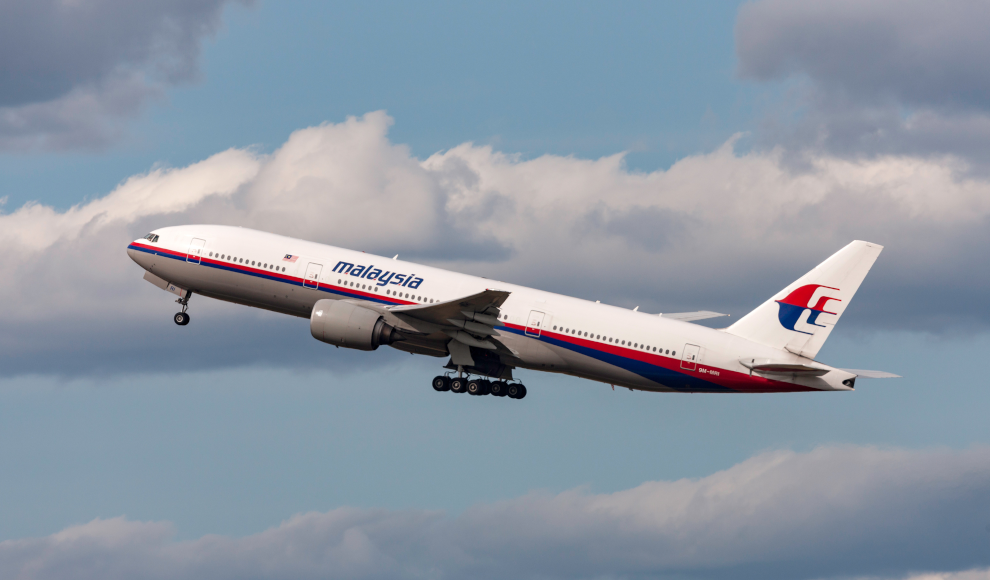The search for the wreckage of Malaysia Airlines Flight MH370, which disappeared in March 2014 with 227 passengers on board, has been ongoing for years. Despite extensive efforts, the crash site has yet to be found. However, researchers at the University of South Florida (USF) have developed a new method that could help locate the wreckage using barnacles found on debris from the plane. The team discovered that the chemical composition of barnacle shells can reveal the temperature of the water in which they grew, which can then be used to track the drift of the debris and potentially pinpoint the crash site.
The search for MH370 has been one of the most extensive and expensive in aviation history, involving multiple countries and private search missions. However, despite the use of advanced technology and extensive resources, the wreckage has yet to be found. In January 2017, the official search was called off, leaving many questions unanswered. However, researchers at the USF have continued to investigate new methods for locating the wreckage.
Their latest discovery involves the use of barnacles found on debris from the plane. Barnacles are small marine animals that attach themselves to hard surfaces, such as rocks or debris. The researchers found that the chemical composition of barnacle shells can reveal the temperature of the water in which they grew, which can then be used to track the drift of the debris and potentially pinpoint the crash site. This method has already been used to locate debris from the plane that washed up on the island of La Réunion in the Indian Ocean.
The researchers have also conducted experiments with live barnacles to better understand how their chemical composition is affected by different water temperatures. This has allowed them to create a model that can be used to reconstruct the temperature of the water at different points in time and space. While the method is not foolproof, it could help to narrow down the search area and provide new leads for investigators.










